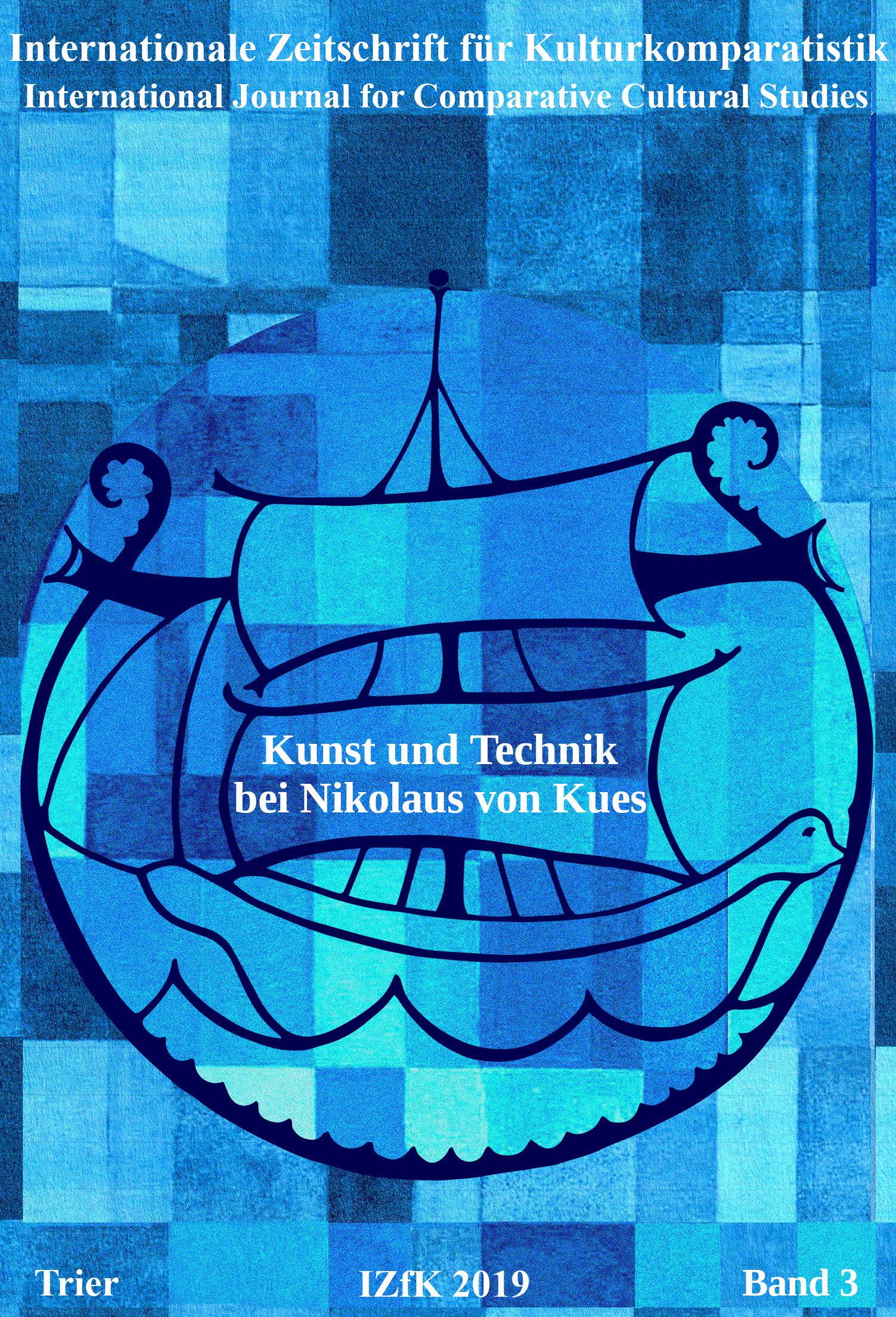Herausgegeben von Claudia D’Amico und Harald Schwaetzer
“Art and Technology in Nicholas of Cusa” discusses a basic assumption of the Central European ‘Weltanschauung’ since the early modern period. The two terms and their relationship to each other represent formative parameters that extend up to the present, in the so-called Anthropocene. An exemplary relevance of these terms can be found in Nicholas of Cusa. It comes to light in the development of art and technique between Cusanus and Leonardo da Vinci (G. Cuzzo). In Cusa’s philosophy, conjectural thinking forms the systematic core of this approach (C. D'Amico and J. González Rios). This thinking points in two directions, in that art and thought in Cusanus' reception of Neoplatonism and its independent appropriation lead to scientia aenigmatica , which at the same time manifests itself in technical images. (W.C. Schneider). Thereby, the liberal and the mechanical arts experience the same high esteem (K. Yamaki). For Nicholas, technology proves to be a form of expression of the “viva imago Dei” and its creative art; thus, Cusa characterizes two different forms of consciousness: the reflexive self-consciousness of science and technology as well as the creative consciousness of spiritual self-development (H. Schwaetzer). Cusa applied this concept also to humans and animals, and hence to nature in general (K. Zeyer).
The present volume not only contributes to research on Cusanus but also provides a specimen for comparative studies of different forms of consciousness.
ISSN 2698-492X (Print)
ISSN 2698-4938 (Online)
Trier 2021
Veröffentlicht: 2021-07-05

